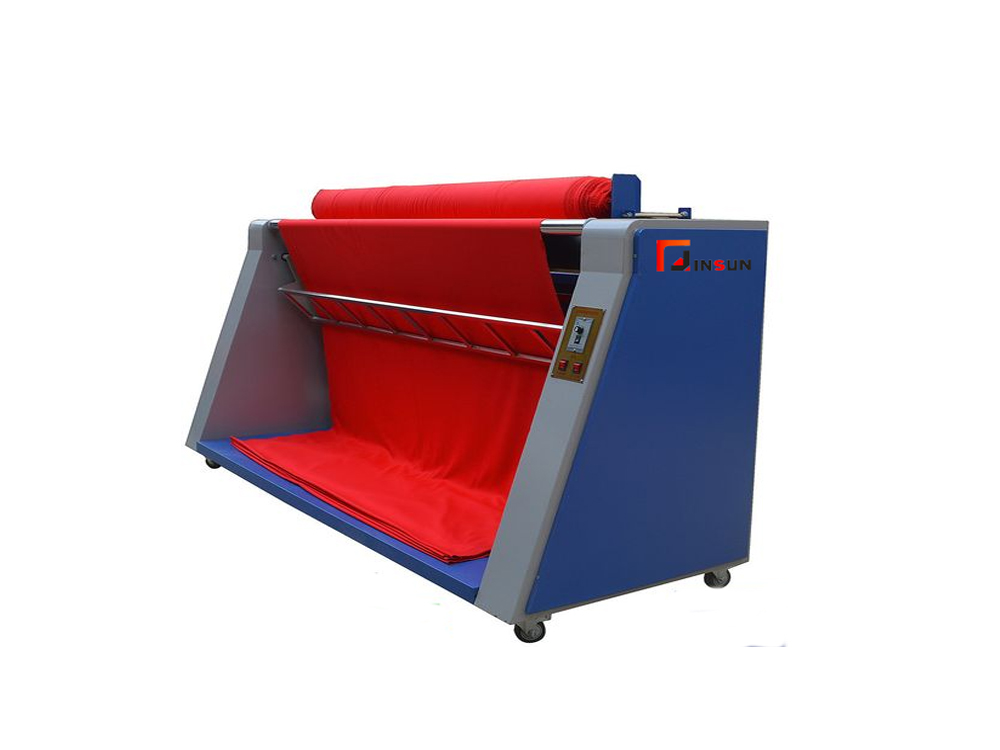It is applicable to loosen cloth in many industries such asgarment, bags and suitcases, shoes and ha
WhatsApp : +86 13816217984
Email : info@qinsun-lab.com

It is applicable to loosen cloth in many industries such asgarment, bags and suitcases, shoes and hats, quilting,home textiles, curtains etc.
Pine cloth width:2000mm
Maximum batching diameter:600mm
Power supply voltage:AC220V±50Hz
Rolling speed:O-80m/min
Power:1.OKW
Gross weight:400KG
Machine size: 2500*800*1200 (L*W*H)
1、 The machine is the best configuration of automatic cutting bed, folding length of loosened cloth iscorrect, unified, and orderly.
2、Equip with frequency control, speed regulation is stable and protects motor
3、Fast cloth loosening speed economizes manpower
4、The machine can roll back fabric in pieces, or roll back fabrics with problems in midway.
5、Attach truckle, be convenient to place freely, operation is simple and convenient.
6、Loosening cloth width:2000mm (can customize as the request of customers)Cloth loosening speed; 0-80m/min
7、Machine body size: 2500×800×1200mm
8、Remark: It can customize as the request of customers.
Qinsun Instruments Co., LTD is a professional laboratory testing instrument manufacturer in China,Have been focusing on laboratory instrument R&D more than 30 years and have rich industry experience,Based on international testing standards,We are also the instrument supplier for BV SGS laboratory,We provide one-stop solutions for lab instruments,Free Training and Turn-Key Service,Products exported all over the world,Offer 36 month warranty and are a trustworthy partner.
Company Phone
+86-21-6420 0566
Working hours
Monday to Friday
Mobile phone:
13816217984
Email:
info@qinsun-lab.com
